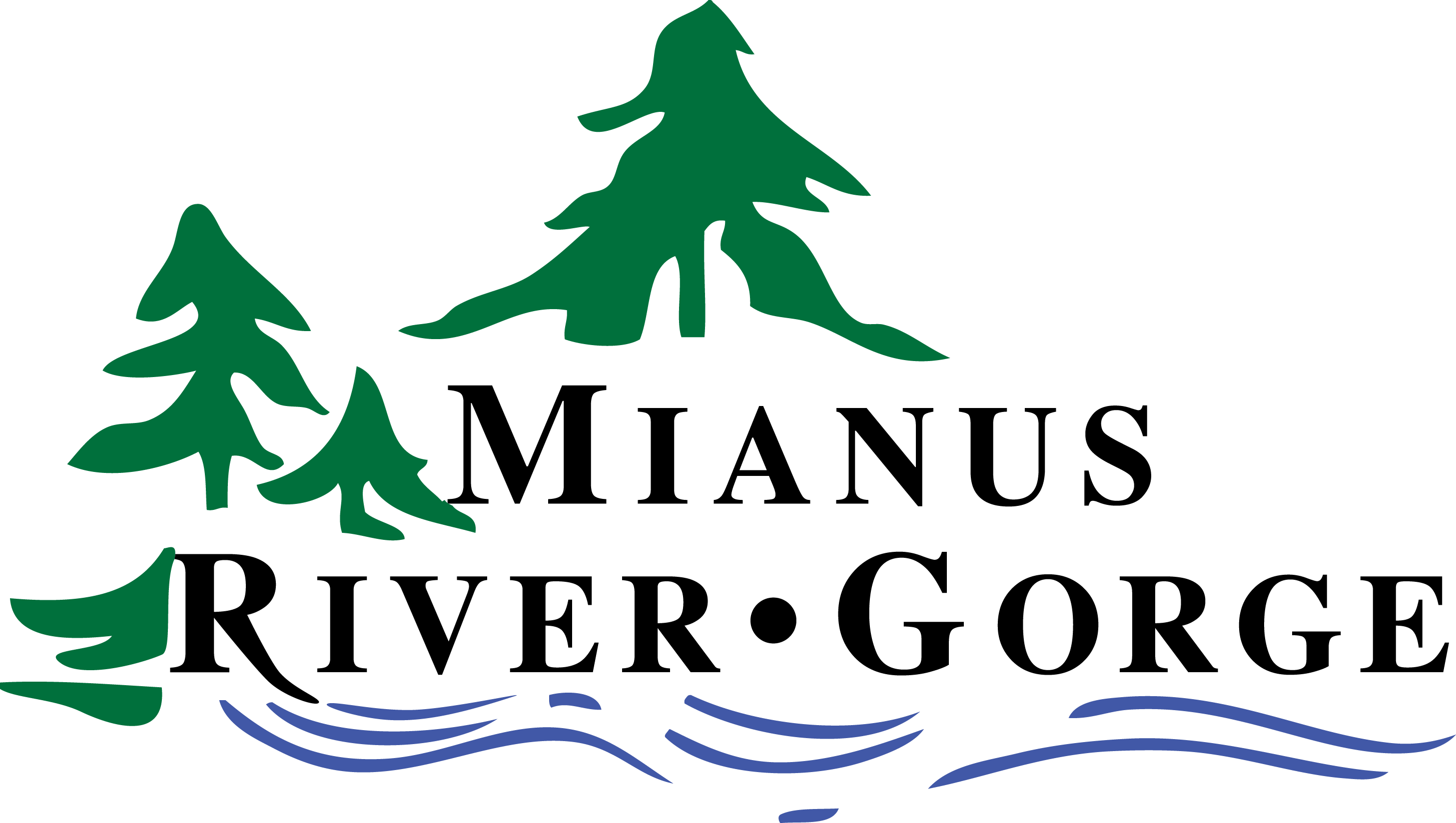MRG’s Research Assistantship Program (RAP) awards grants to graduate students in ecology, environmental science, and conservation who are doing field studies for their M.S. or Ph.D. The awards offer $10,000 over two years for Master’s degree candidates and $15,000 over three years for Ph.D.’s. We currently have two Ph.D. students in the program, Andy Cortese (SUNY ESF) and Nicholas Dietschler (Cornell). Thank you to AE Family Foundation for their generous support of the RAP program.

Andy is studying mycorrhizal fungi, the large group of fungi that forms symbiotic relationships with tree roots. Simply put, the trees provide sugars to the fungi (which they produce via photosynthesis) and the fungi provide water and minerals (which the fungi are better at obtaining in the soil). Andy’s work looks at how the proximity of an older tree, which has extensive mycorrhizal connections, might impact the growth of a smaller, younger seedling, specifically in terms of growth rates, foliar nutrient levels, and greater fungal connections. His findings will be important for MRG’s land management as post-agricultural soils have a different mycorrhizal diversity than old-growth forests – and we have both!
Nick’s research focuses on eastern hemlock trees and the control of an invasive pest, the hemlock wooly adelgid (HWA) that parasitizes them and is causing massive die-offs across the eastern hemlock’s range. With the help of the NYS Hemlock Initiative, MRG has used a basal bark pesticide spray to protect our hemlocks since 2016 and has seen good success. Nick’s research is looking at whether there is movement of these chemicals from one hemlock tree to another, meaning that an untreated hemlock may receive some protection if another hemlock near it was treated. Nick is looking into whether this happens at all (there is some anecdotal evidence that it does), what might be the spatial limitations and predictors, and, if the chemicals are moving from tree to tree, what is the mechanism for this transfer?
